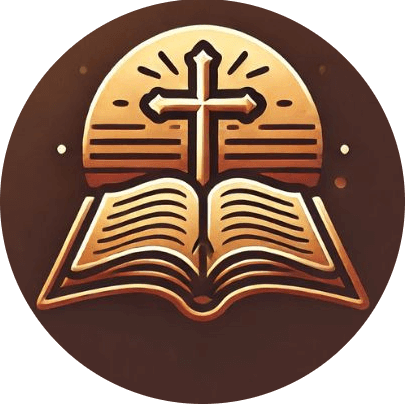An Overview of the 4 Gospels
Do you sometimes wonder why the New Testament contains four different gospels of the one authentic gospel? Isn’t one gospel account of the good news of salvation in Jesus Christ enough? How should we understand the Gospels as works of literature? And what do the Gospels tell us about Jesus? Any one of these Gospels … Read more

